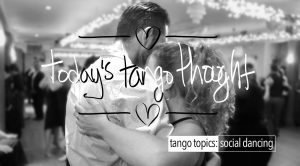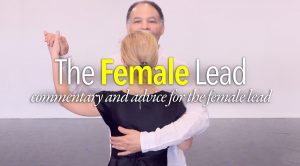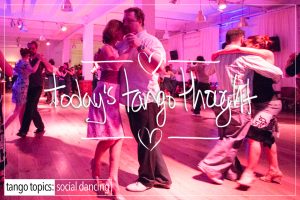As has been said, many times, which is exceptionally important, and is frequently mentioned by many dancers almost immediately is: Posture.
Posture for most people boils down to the following two lines:
“Head up!”.
“Elongate your Spinal Column.”
Sounds easy enough, right ? Just lift your head up, and then ummmm ‘elongate’ your spinal column.
The ‘elongate’ part is where most people get confused. Why ? A variety of reasons, but mostly because their idea of elongation from a posture line of reasoning is usually muscled force, to pull the spinal column upwards. This ‘pull’ or elongation once achieved is usually held in place by tension or rigidity to achieve a ‘posture’. Sitting upright, straightened back, ramrod straight, that sort of thing. This is not ‘good’ posture. It’s actually work. And the wacky part is that it does far more harm than good.
Usually.
Further still it is usually an act of will or a force of will only last for a moment or two, and then the dancers will revert back to what is comfortable for them. Completely forgetting about it because they’re ‘dancing’ now and there are way more important things to deal with. And yet what they don’t realize is that it is their posture which defines everything that they do! They don’t see the relationship between their movements and their posture. Their posture is in everything that they do. Everything. For a lack of a better way of putting it: Posture creates the visual lines that they’re generating, everywhere. From their walk, to their embrace, to their vocabulary choices, within the muscial construct. Good posture is what can and does create a good dancing experience from both sides of the embrace.
As far as muscled force is concerned, we ideally don’t want to do this. We actually want a relaxed lower back and this is the hard part of Posture: We ideally want to engage an upright posture without rigidity, tension, or force in your lower back! Your muscles in your back should be pliable! This is easier written/said, than done.
In fact training yourself to do precisely this takes time, patience, and practice. One place to start learning these ideas is with Alexander Technique. Alexander Technique is a way to use your body to optimize movement and posture, without using tension or force to do it.











